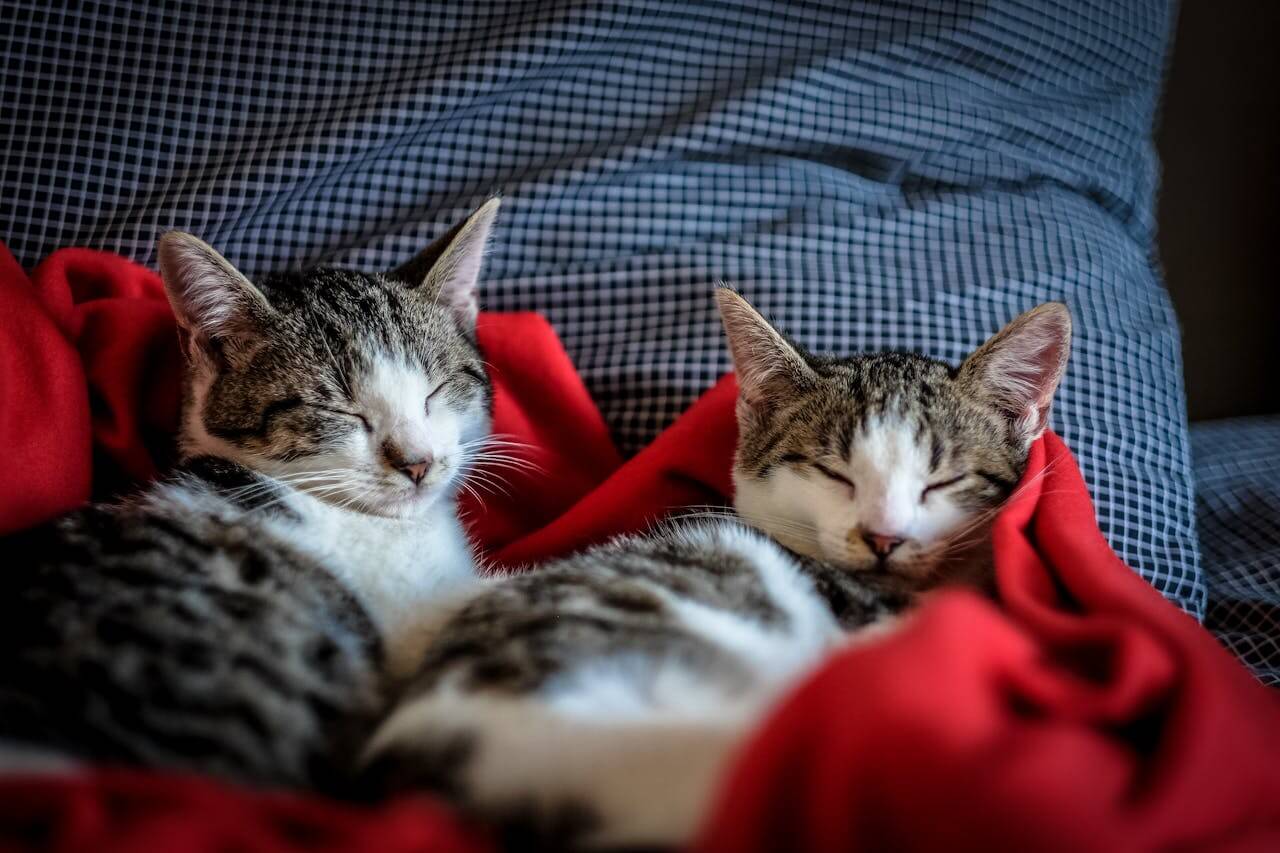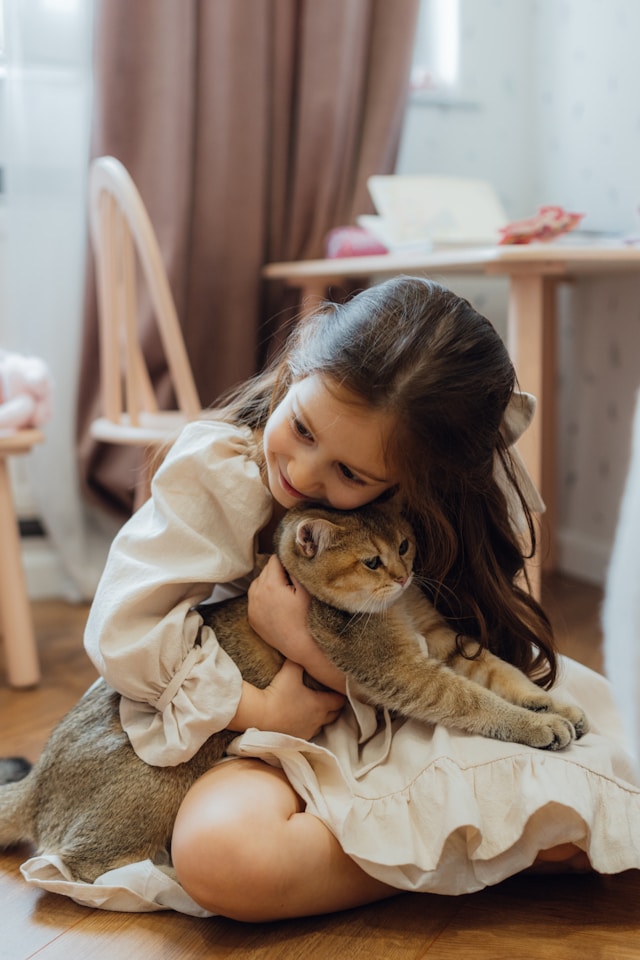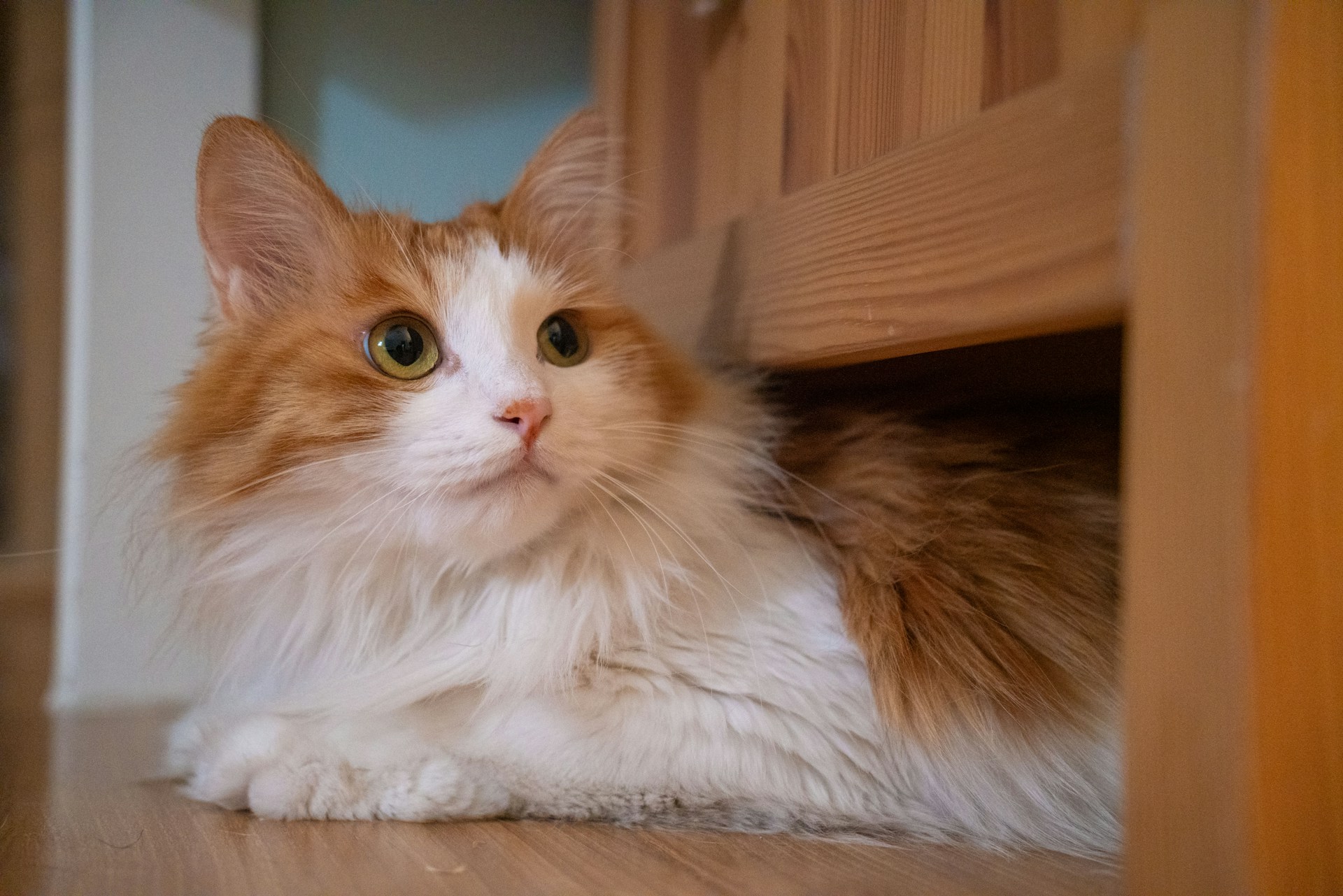If you’ve ever watched your cat sleeping peacefully, only to see their whiskers twitch or paws move as if chasing something, you’ve probably wondered: Do cats dream? The short answer is yes—cats, like many other animals, are believed to dream. But the world of feline sleep is far more fascinating than it first appears. Let’s dive into the science and mysteries behind your cat’s snoozing habits.
The Science of Cat Sleep
Cats are renowned for their ability to sleep, clocking in an impressive 12-16 hours a day on average. This makes them one of the sleepiest creatures in the animal kingdom. Their sleep can be divided into two main phases:
- Non-REM Sleep (Deep Sleep): During this phase, your cat’s body rests and regenerates. This is the heavy-duty recovery mode where growth and repair take place.
- REM Sleep (Rapid Eye Movement): This lighter sleep stage is where dreams occur. During REM sleep, your cat’s brain becomes highly active while their body remains relaxed, save for the occasional twitch or movement.
Research shows that cats experience REM sleep in cycles, much like humans. These cycles begin roughly 20 minutes into their nap and last for several minutes before transitioning back to non-REM sleep. It is during this REM phase that your cat is most likely dreaming.
What Do Cats Dream About?
While we can’t ask our feline friends directly, scientists and behaviorists have speculated about the content of a cat’s dreams based on their daily lives. Just as humans often dream about familiar activities or experiences, cats likely dream about things that dominate their waking hours. These could include:
- Hunting Prey: Cats have a strong hunting instinct, and even indoor cats may dream of chasing birds, mice, or toys.
- Interactions: Your cat might dream about you, other pets in the household, or even strangers they’ve encountered.
- Exploring the Environment: Cats are curious creatures, so they may relive exploring new spaces or objects.
Dreaming Versus Nightmares
Not all feline dreams are happy ones. Cats can have nightmares too, especially if they’ve experienced stress or trauma. A cat showing signs of distress in their sleep—like sudden vocalizations, excessive twitching, or abrupt waking—might be experiencing a bad dream. While it can be tempting to wake them up, it’s best to let them work through the dream cycle naturally unless their behavior suggests a health concern.
How Can You Support Healthy Sleep for Your Cat?
Your cat’s sleep is vital for their overall health and happiness. Here are a few tips to ensure they get the rest they need:
- Provide a Cozy Sleep Spot: Cats love soft, warm, and safe places to snooze. A quiet corner with a plush bed can make a world of difference.
- Stick to a Routine: Cats thrive on routine. Regular feeding, playtime, and bedtime can help them establish healthy sleep patterns.
- Offer Mental and Physical Stimulation: Active cats sleep better. Engage them with toys, puzzles, and interactive play to tire them out before bedtime.
The Mystery of Feline Sleep
Though much has been learned about feline sleep, many questions remain unanswered. What exactly do they see in their dreams? Do they experience dreams as vividly as humans? While science continues to explore these mysteries, one thing is certain: your cat’s sleep is a window into their fascinating and complex inner world.
So, the next time you see your furry companion twitching in their sleep, take a moment to imagine the adventures they might be having. Whether they’re stalking imaginary prey or replaying a joyful cuddle session, their dreams remind us of the rich inner lives our beloved cats lead—even when they’re fast asleep.





